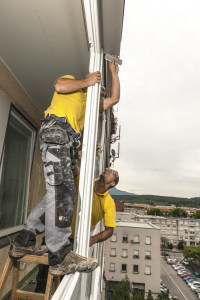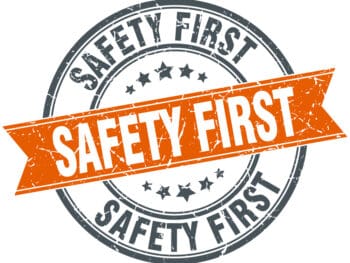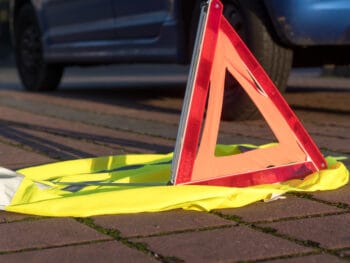
Okay, as far as entertainment value goes, it may not rival late night television hosts and their opening monologues, but OSHA did publish its list of the “Top 10” most frequently cited construction standards, following inspections of work sites in 2013.
No, OSHA was not intent on pitting itself against the likes of David Letterman or Conan O’Brien in a comedic battle of wits. Rather, it was attempting a pre-emptive strike, aimed at saving businesses from needlessly paying out high penalty fees (up to $7,000 for a serious violation, and as much as $70,000 for repeated or willful violations).
Top 10 Lists Alerts Employers About Commonly Cited Standards
OSHA annually publishes this “Top 10” list to alert employers about commonly cited standards, so employers can take steps to find and mend recognized hazards before OSHA ever takes punitive action against a company. Normally, OSHA does not grant advanced notice of its inspections, and inspections are generally performed at sites where imminently dangerous situations are known, fatalities or catastrophes have occurred, complaints or referrals have been given, the work site has been issued a citation in the past, or inspections may be pre-planned or programmed.
While it poses no threat to replace the heroes of late night television, OSHA is meeting its goal of reducing fatalities, injuries, and illnesses in the workplace.
Too many preventable injuries occur on the job, leading companies to spend unnecessary dollars on fines and healthcare costs.
Medcor offers a variety of safety compliance training courses designed to meet the requirements and needs of companies, including OSHA compliance, emergency medical, emergency response, industrial fire suppression, and technical rescue. For more information, contact the author at Raymond.loch@medcor.com
Yes, OSHA citations can be costly, but for the most part, they are avoidable.
And now… here are the “Top 10” Most Frequently Cited OSHA Construction Standards for 2013:
#10: 1926.451(b)(1) – Scaffolds not fully planked at each work level.
#9:1926.451 (e)(1) – Scaffold access/egress. Many citations involve climbing on the cross bracing.
#8: 1926.453(b)(2)(v) – Fall protection in aerial lifts. Users must receive training in the manufacturer’s instruction.
#7: 1926.501(b)(10) – No fall protection for flat roofing. Consider using parapet guardrails and portable-type fall arrest anchorage.
#6: 1926.451(9)(1) – Fall protection on scaffolding. Fall protection starts at 10 feet.
#5: 1926.102(b)(1) – No safety glasses. Hundreds of eye injuries occur each year from working without safety glasses.
#4: 1926.100 – Hard Hats. Fatalities occur when workers are hit by falling objects.
#3: 1926.501(b)(1) – Open sided floors that were more than six feet in depth were not protected with standard guardrails or equivalent. Guardrails must be able to withstand 200 pounds of force.
#2: 1926.1053(b)(1) – Training in the safe use of ladders. Ladder falls killed over 100 workers in the last 10 years. Ladders need to extend three feet above the landing.
And now… (drum roll!)
the #1 citation for 2013 is… 1926.501(b)(13) – Fall protection in residential construction. Having no fall arrest has been the ongoing #1 OSHA citation since 2007.
Author Raymond Loch, Safety Training Services Leader, Medcor, is a certified safety professional with over 32 years of experience as an instructor, operator, and consultant in safety, emergency preparedness, and emergency response for general industry, construction and fire service. He has developed and implemented training programs for OSHA compliance, technical rescue, and industrial fire suppression. Ray has worked with Fortune 100 firms and with small companies and government entities. . http://medcor.com. Contact: raymond.loch@medcor.com







